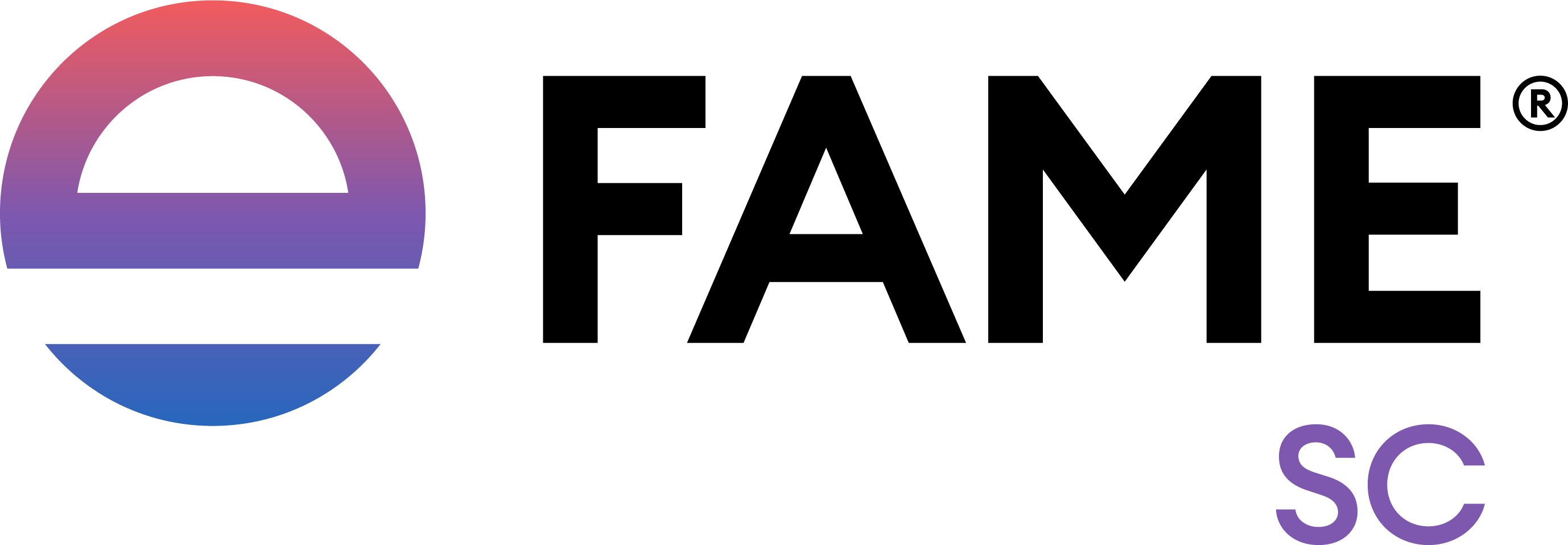// The Problem
Brown patch can be a severe disease of almost every cool-season turfgrass grown for putting greens, fairways, tees, and roughs. This disease is caused by the soil-borne fungal pathogen Rhizoctonia solani. Rhizoctonia diseases are perhaps the most widely recognized plant-pathogenic species across the globe and incites diseases on a wide host range including agricultural crops, trees, ornamental plants, and turfgrasses. The most susceptible grasses to infection include the bentgrasss, fescues, ryegrasses, and low mown bluegrasses.
// What to look for
Brown patch is most active in warm, wet conditions, when minimum temperatures are above 15 °C and daily leaf wetness periods are 10 hours or more. Night-time temperatures above 20 °C with extended leaf wetness are associated with severe brown patch outbreaks on golf course turf. Disease development is often greater in areas with saturated soils/poor drainage. Activity is often triggered by thunderstorms that cause localized flooding.
Symptoms of brown patch are often variable depending on the turfgrass species and mowing height. On tall fescue and perennial ryegrass mowed at 2 inches or higher, symptoms include irregularly shaped tan-to-brown lesions with a thin dark border along the perimeter. On turfgrasses maintained at lower mowing heights lesions may not be as easily distinguishable. As the disease progresses, lesions often coalesce and entire blighting of the affected leaf occurs. Patches can range in size from a few centimeters to a metre in diameter.
Visible signs of infection also aid in the diagnosis. During times of disease activity, white thread-like mycelium is produced by the pathogen in the early morning when dew is present. Under a microscopic lens, Rhizoctonia mycelium can be easily distinguished from other fungi through observations of right angle hyphal branching and a constriction at the branching point. The presence of mycelium is useful in determining whether the disease is still active and affecting new turf areas. On turf grown at a lower height of cut (< 1 inch) a dark gray-to-purple ring of infected turf may be observed on the outer edge of the patch. This is often termed the ‘smoke ring’ and is also a good indication that the disease is spreading.
Brown patch can be confused for Pythium blight. Rapid diagnosis and selecting the right treatment are essential for management of brown patch.
//Envu Solutions
Brown patch management requires an integrated approach. Avoid excessive amounts of nitrogen (N); ‘spoon-feeding’ N at low rates in the summer is recommended. Schedule irrigation at night from midnight to early morning to minimize periods of prolonged leaf wetness. Increase air movement by addressing excessive tree and shrub growth on the golf course. Installing fans in areas near golf greens where stagnant air is a problem can reduce brown patch pressure significantly.
Whenever possible, the mowing height should be adjusted higher because low mowing heights are associated with greater brown patch development. Core aerification will reduce thatch accumulation and this also helps to improve drainage. Avoidance of highly susceptible turf species, such as colonial bentgrass, is warranted in humid areas where brown patch is most problematic.
Preventive applications are more effective than curatives; brown patch causes disease quickly and significant injury to turf can occur prior to curative treatment. Additionally, all cool-season turfgrasses have poor recuperative potential during mid-summer, a time when brown patch activity peaks. Preventive fungicides to target brown patch should begin late spring/early summer when low (night) temperatures exceed 15 °C consecutively for two to three days.
// Resources


